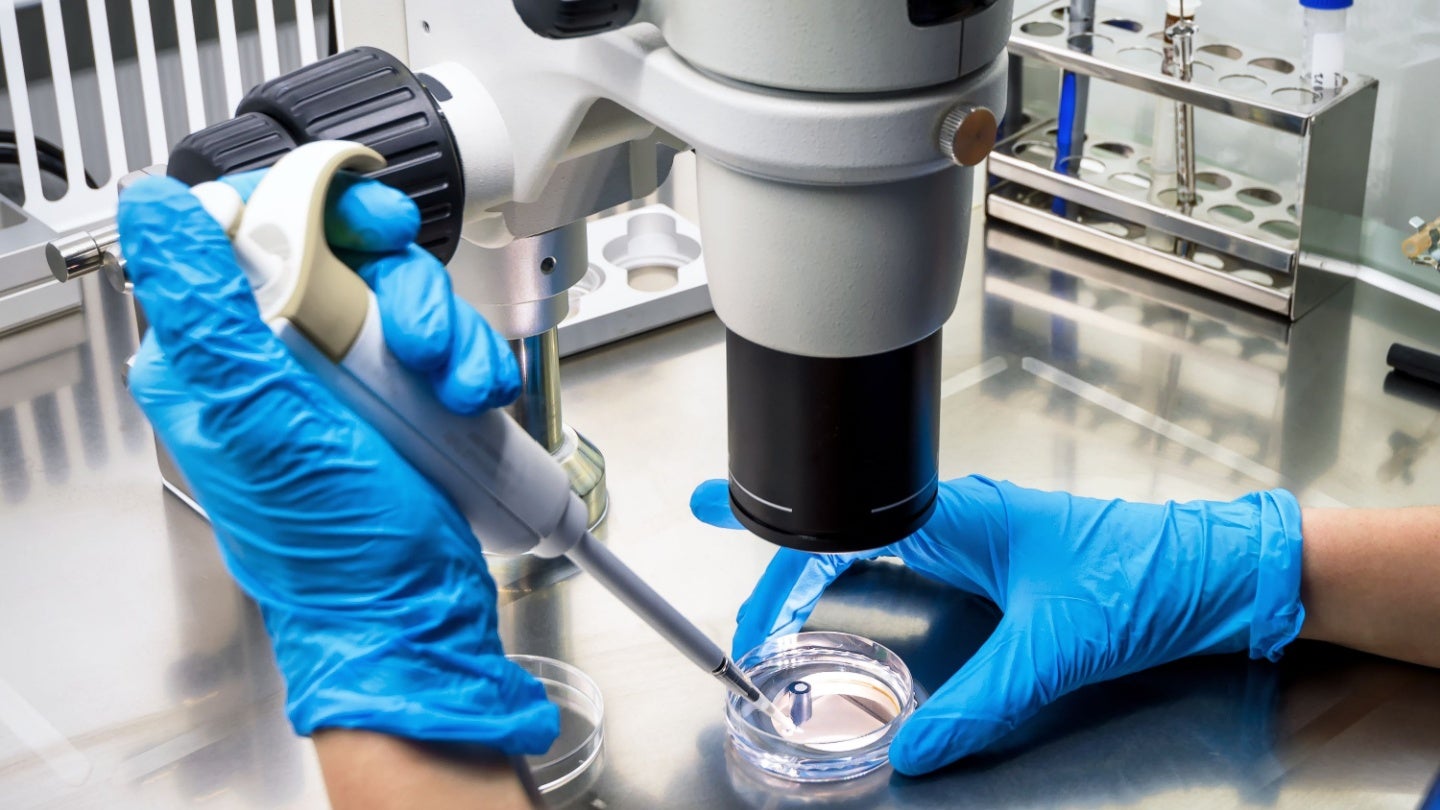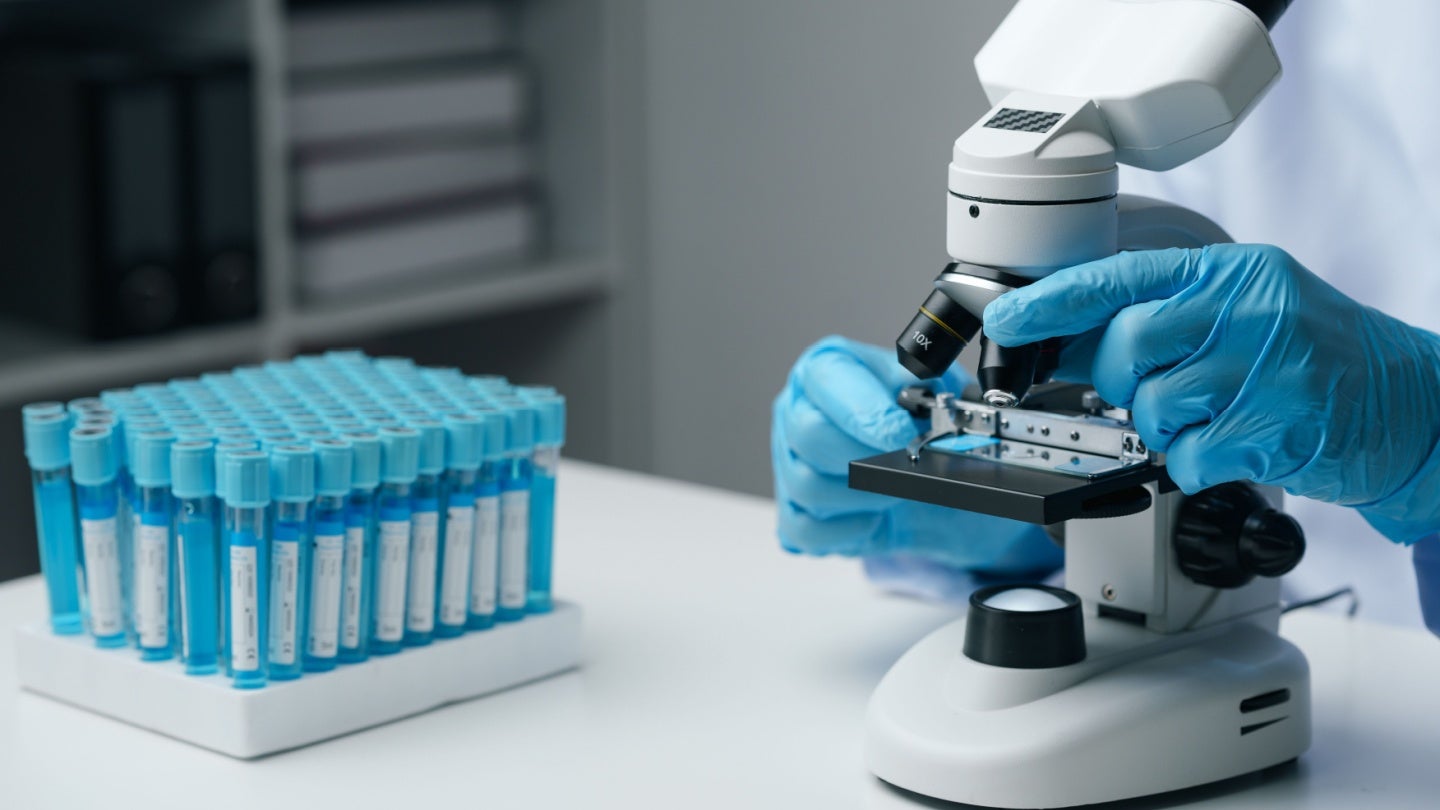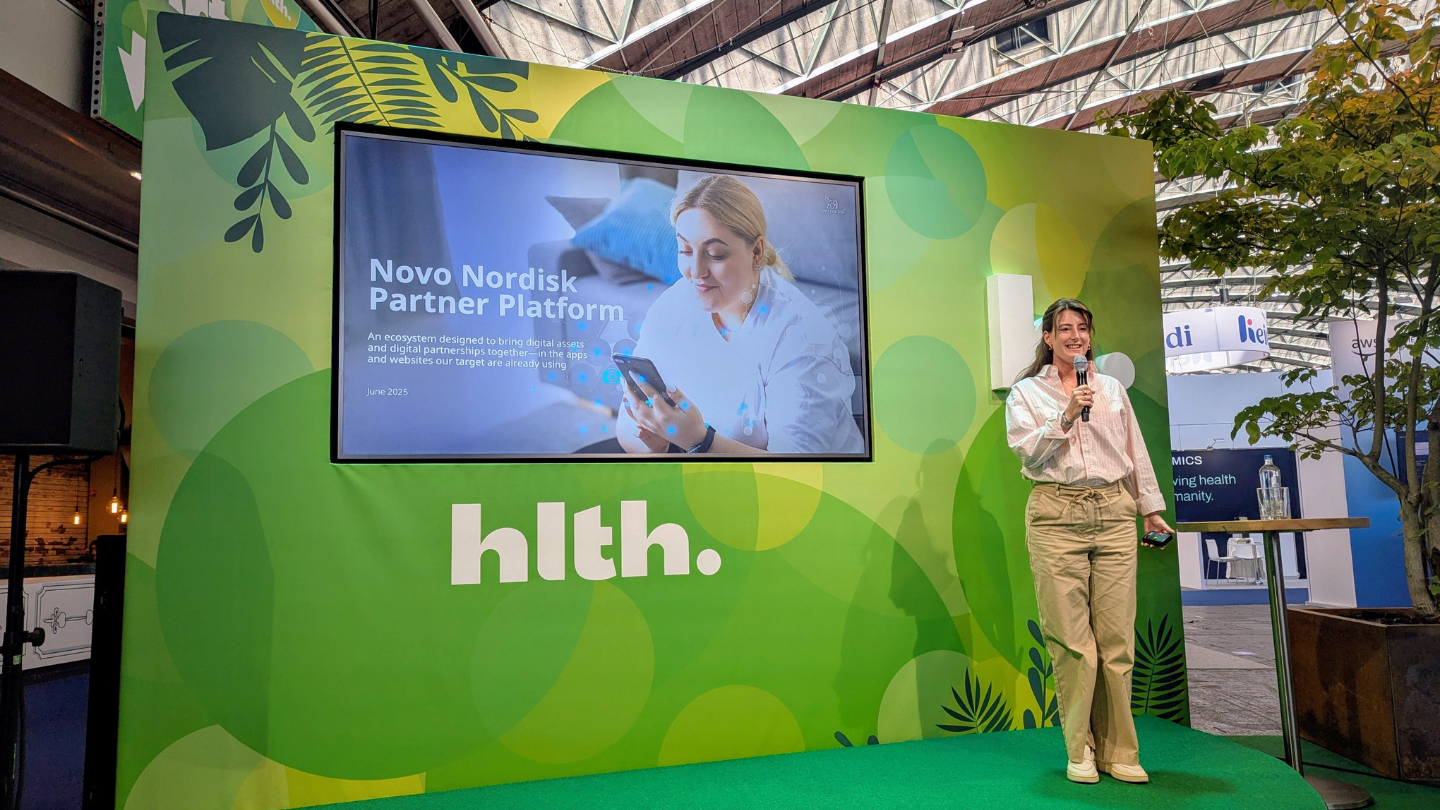Wireless Bioresorbable Dual Stimulator Boosts Nerve Regeneration
In a groundbreaking leap forward for regenerative medicine, researchers have unveiled a revolutionary bioresorbable wireless dual stimulator designed to accelerate peripheral nerve regeneration. This innovative device embodies a sophisticated blend of materials science, biomedical engineering, and neurobiology, promising a paradigm shift in the treatment of nerve injuries that have long challenged clinicians and patients alike. […]


In a groundbreaking leap forward for regenerative medicine, researchers have unveiled a revolutionary bioresorbable wireless dual stimulator designed to accelerate peripheral nerve regeneration. This innovative device embodies a sophisticated blend of materials science, biomedical engineering, and neurobiology, promising a paradigm shift in the treatment of nerve injuries that have long challenged clinicians and patients alike. As peripheral nerve damage is a common and often debilitating consequence of trauma, surgery, or disease, the demand for advanced therapies has never been more pressing. The development of this novel stimulator offers new hope for restoring function in affected limbs through seamless integration with the body’s healing processes.
At the heart of this advancement lies the concept of electrical stimulation, a well-established therapeutic method known to encourage nerve regrowth by modulating cellular activities and supporting the reestablishment of functional connections. Conventional electrical stimulators, however, face critical limitations including the need for bulky hardware, tethered power sources, and often rigid structures that can provoke immune responses or tissue damage. This new technology sidesteps these issues by leveraging bioresorbable materials that safely dissolve within the body after fulfilling their therapeutic role, thereby eliminating the need for surgical removal and reducing long-term foreign body risks.
The wireless dual stimulator presented by Ahn, Walters, Avila, and colleagues introduces a streamlined, minimally invasive approach that harnesses cutting-edge flexible electronics integrated with precisely engineered biodegradable polymers. Constructed to conform intimately with peripheral nerve anatomy, the device administers targeted electrical impulses to injured nerve sites, promoting axonal sprouting and enhancing synaptic reconnection dynamics. Critically, this device supports dual stimulation channels, enabling complex electrical patterns that more closely mimic natural neuronal signaling, a feature that substantially augments the efficacy of nerve repair compared to single-channel stimulators.
Central to the device’s functionality is its bioresorbable substrate composed of special polymers that carefully balance mechanical integrity with controlled degradation kinetics. These materials are engineered to maintain reliable electrical performance throughout the critical phases of nerve regeneration, typically lasting several weeks to months, after which they gradually break down into non-toxic byproducts safely absorbed or excreted by the body. This temporally programmed bioresorption circumvents complications frequently associated with permanent implants, such as chronic inflammation or foreign body reactions, and ensures a seamless transition from device-supported healing to natural neural function.
The wireless power delivery system incorporated in this device represents a marvel of miniaturized engineering. Utilizing inductive coupling, it draws energy from an external transmitter arranged near the implantation site, transferring power across tissue without physical connectors or batteries. This approach enables continuous or intermittent stimulation protocols while avoiding the bulk and infection risks linked to percutaneous leads. Moreover, advanced antenna designs and impedance matching techniques embedded within the stimulator optimize energy transfer efficiency, ensuring stable and sufficient power supply even under dynamic movements or varying tissue conditions.
Beyond power, the stimulator features integrated microelectrodes fabricated from biodegradable conductive materials such as magnesium and zinc alloys. These electrodes interface directly with nerve fibers, delivering finely tuned electrical currents that stimulate Schwann cells and neurons to reactivate growth factors and cytoskeletal remodeling processes essential for axon elongation and myelination. By modulating the amplitude, frequency, and waveform of stimulation signals via programmable circuits, the device can be precisely tailored to individual patient needs or specific injury types, promoting personalized regenerative therapies.
The implications of this technology stretch far beyond peripheral nerve repair. Wireless, bioresorbable stimulation platforms could radically transform approaches to treating central nervous system injuries, cardiac tissue regeneration, and even muscle dysfunction by enabling transient yet highly effective electrical interventions without the burden of permanent implants. Furthermore, the modular nature of the platform facilitates integration with emerging biosensors, allowing closed-loop therapeutic systems that adapt stimulation parameters in real-time based on physiological feedback, thereby maximizing efficacy and minimizing adverse effects.
Extensive in vitro studies demonstrate the device’s biocompatibility, with cultured neuronal cells exhibiting enhanced growth rates and viability when subjected to the dual electrical stimulation approved by the stimulators. Concurrent in vivo experiments in animal models with induced peripheral nerve lesions reveal accelerated functional recovery and improved electrophysiological metrics, including increased nerve conduction velocities and higher compound muscle action potentials compared to untreated controls. Histopathological analysis confirms reduced scar tissue formation and robust axonal regeneration within the stimulated regions, underscoring the clinical potential of this approach.
Manufacturing this device involves state-of-the-art microfabrication techniques, including photolithography, thin-film deposition, and precise polymer curing processes. The bioscaffold architecture is meticulously designed to ensure mechanical compliance, reducing micromotion-induced irritation that often frustrates implant integration. Moreover, the entire fabrication sequence emphasizes environmentally conscious practices, recognizing the importance of sustainability as biomedical technologies scale for broader clinical adoption.
As the technology advances towards human trials, regulatory pathways pose additional challenges that the research team continues to strategize for. Demonstrating long-term safety, reproducibility of outcomes, and device reliability under diverse clinical scenarios are crucial factors. The team is collaborating with multidisciplinary experts including neuroscientists, clinical neurologists, and regulatory specialists to design rigorously controlled studies that align with FDA and international standards, potentially heralding a new standard of care for patients suffering peripheral neuropathies.
The social and economic impact of this technology could be transformative. Peripheral nerve injuries account for millions of cases worldwide each year, frequently resulting in prolonged disability, chronic pain, and reduced quality of life. Current treatments are often insufficient, involving lengthy rehabilitation or invasive surgeries with uncertain outcomes. The advent of a wireless, bioresorbable dual stimulator offers a less burdensome, more efficacious alternative that may shorten recovery times, reduce healthcare costs, and enable patients to regain independence faster.
Looking ahead, the versatility of this technology invites further exploration into integrating molecular therapies alongside electrical stimulation. For instance, embedding biodegradable reservoirs capable of timed drug release could synergistically enhance regenerative cascades, addressing both the bioelectrical and biochemical needs of injured nerve tissue. Similarly, expanding the platform’s capabilities to communicate wirelessly with external controllers or smartphones introduces exciting possibilities for patient-driven therapy management and remote clinical monitoring.
In a broader perspective, the successful demonstration of such an advanced neurostimulation platform exemplifies the growing convergence between bioelectronics and regenerative medicine. It validates the notion that transient, intelligently designed medical devices can interact with biological systems to evoke positive, self-sustaining healing responses without necessitating lifelong foreign body presence. This paradigm embodies a harmonious fusion of technology and biology that is poised to reshape future therapeutics.
Ultimately, the work of Ahn, Walters, Avila, and their collaborators represents a landmark milestone in biomedical engineering, illustrating how thoughtful design and innovative material science can overcome longstanding clinical challenges. The bioresorbable wireless dual stimulator, as detailed in their publication in Nature Communications, opens compelling new avenues for restoring nerve function and improving patient outcomes. As research continues to unfold, the coming years may witness the translation of this technology from laboratory prototypes to standard clinical practice, offering hope and healing to countless individuals worldwide.
Subject of Research: Peripheral nerve regeneration using bioresorbable, wireless electrical stimulation devices.
Article Title: Bioresorbable, wireless dual stimulator for peripheral nerve regeneration.
Article References:
Ahn, HY., Walters, J.B., Avila, R. et al. Bioresorbable, wireless dual stimulator for peripheral nerve regeneration. Nat Commun 16, 4752 (2025). https://doi.org/10.1038/s41467-025-59835-7
Image Credits: AI Generated
Tags: advanced regenerative medicine solutionsdual stimulation for nerve recoveryelectrical stimulation for nerve healingfuture of nerve injury treatmentsinnovative biomedical engineering devicesmaterials science in medical applicationsnon-invasive nerve therapy advancementsperipheral nerve regeneration technologyreducing immune response in nerve treatmentsrestoring function in nerve injuriesseamless integration with body healingwireless bioresorbable nerve stimulator
What's Your Reaction?


































